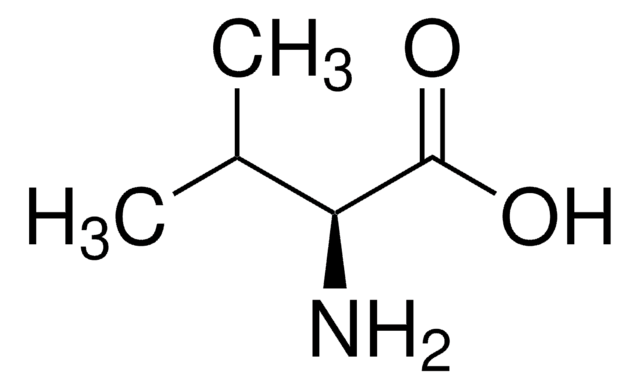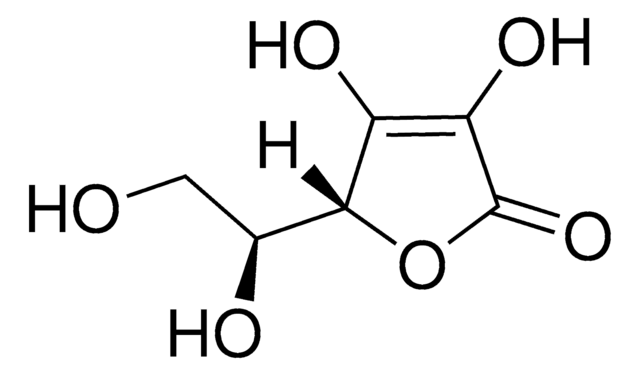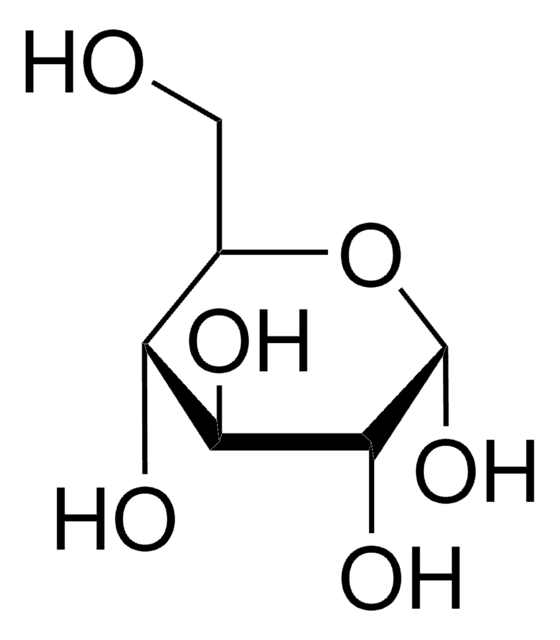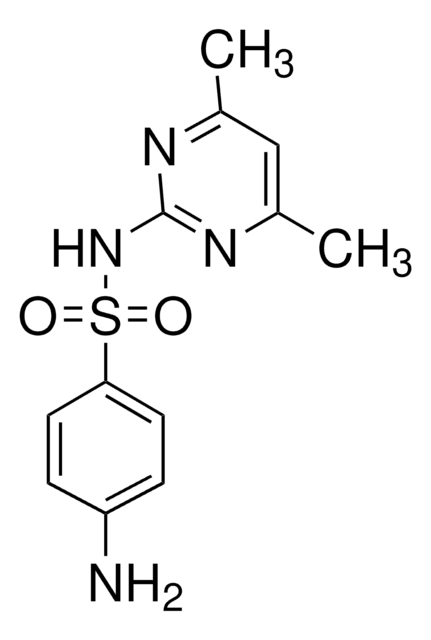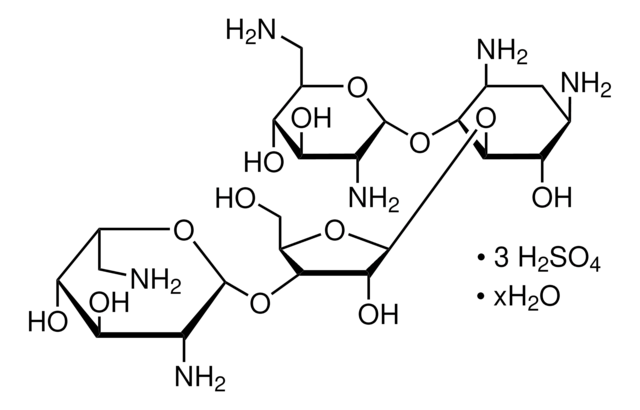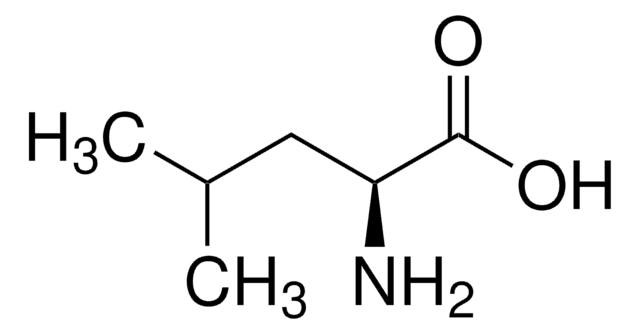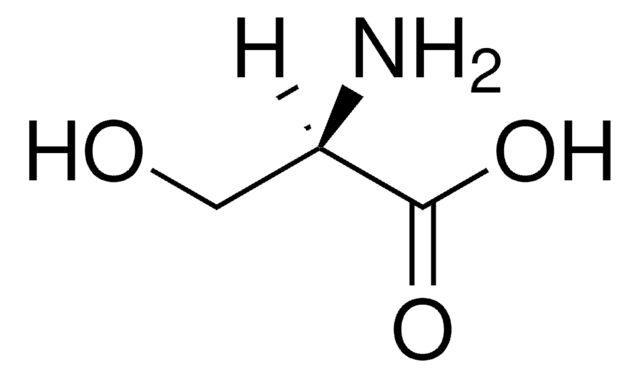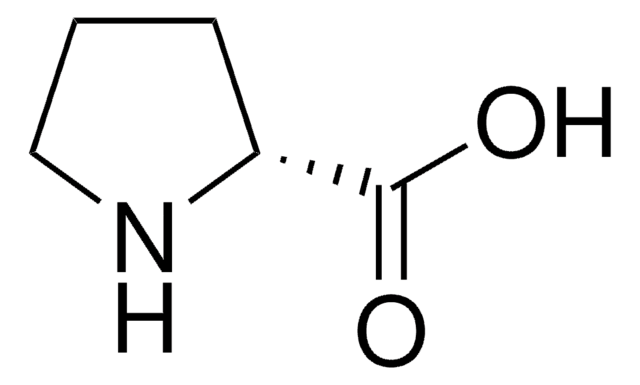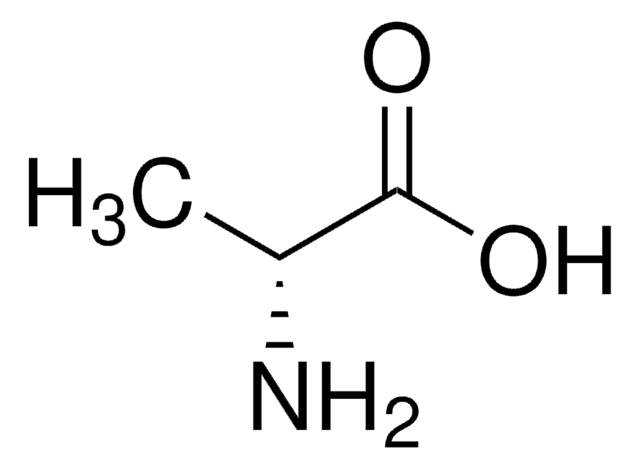V1255
D-Valin
BioReagent, suitable for cell culture
Synonym(e):
(R)-α-Aminoisovaleriansäure, (R)-2-Amino-3-methylbuttersäure
About This Item
Empfohlene Produkte
Biologische Quelle
synthetic (organic)
Qualitätsniveau
Produktlinie
BioReagent
Form
powder
Methode(n)
cell culture | mammalian: suitable
mp (Schmelzpunkt)
>295 °C (subl.) (lit.)
Versandbedingung
ambient
Lagertemp.
room temp
SMILES String
CC(C)[C@@H](N)C(O)=O
InChI
1S/C5H11NO2/c1-3(2)4(6)5(7)8/h3-4H,6H2,1-2H3,(H,7,8)/t4-/m1/s1
InChIKey
KZSNJWFQEVHDMF-SCSAIBSYSA-N
Suchen Sie nach ähnlichen Produkten? Aufrufen Leitfaden zum Produktvergleich
Verwandte Kategorien
Allgemeine Beschreibung
Anwendung
- Dulbecco′s modified Eagle′s medium (DMEM)/Nutrient Mixture F-12 Ham (F-12) for mice renal proximal tubule cell (RPTC) culture
- endothelial cell growth medium MV2 for rat lung microvascular endothelial cell (RLMEC) culture
- DMEM/F-12 for mouse tracheal epithelial cell (MTEC) culture
Biochem./physiol. Wirkung
Lagerklassenschlüssel
11 - Combustible Solids
WGK
WGK 3
Flammpunkt (°F)
Not applicable
Flammpunkt (°C)
Not applicable
Persönliche Schutzausrüstung
Eyeshields, Gloves, type N95 (US)
Analysenzertifikate (COA)
Suchen Sie nach Analysenzertifikate (COA), indem Sie die Lot-/Chargennummer des Produkts eingeben. Lot- und Chargennummern sind auf dem Produktetikett hinter den Wörtern ‘Lot’ oder ‘Batch’ (Lot oder Charge) zu finden.
Besitzen Sie dieses Produkt bereits?
In der Dokumentenbibliothek finden Sie die Dokumentation zu den Produkten, die Sie kürzlich erworben haben.
Kunden haben sich ebenfalls angesehen
Unser Team von Wissenschaftlern verfügt über Erfahrung in allen Forschungsbereichen einschließlich Life Science, Materialwissenschaften, chemischer Synthese, Chromatographie, Analytik und vielen mehr..
Setzen Sie sich mit dem technischen Dienst in Verbindung.